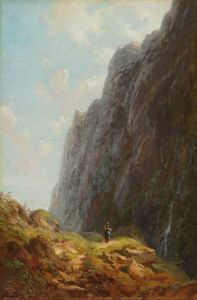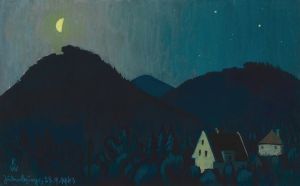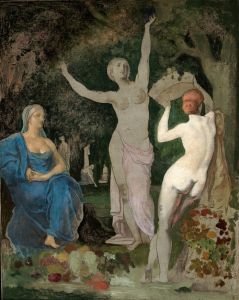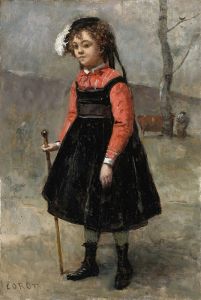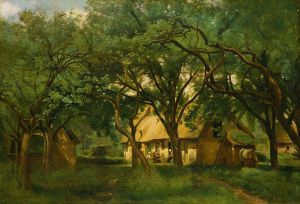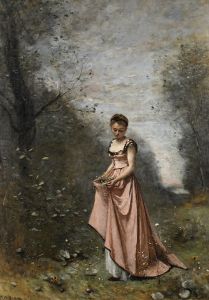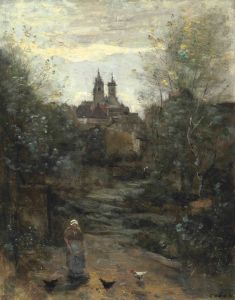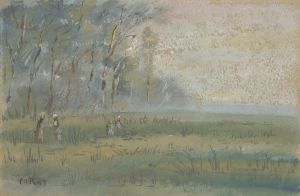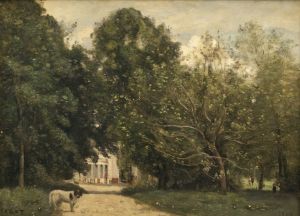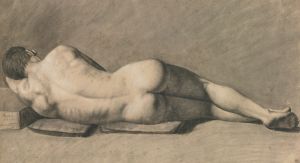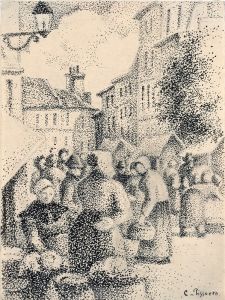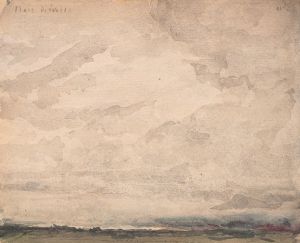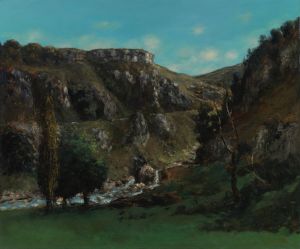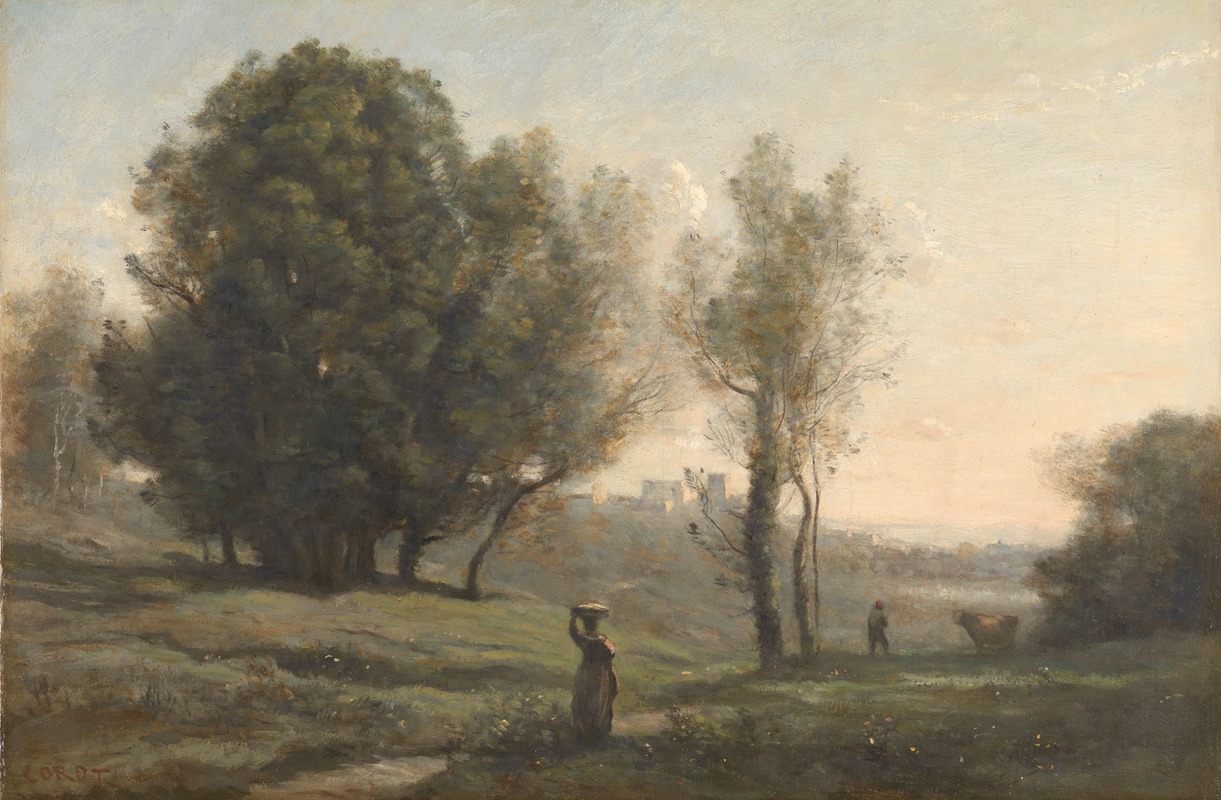
Landscape
A hand-painted replica of Jean-Baptiste-Camille Corot’s masterpiece Landscape, meticulously crafted by professional artists to capture the true essence of the original. Each piece is created with museum-quality canvas and rare mineral pigments, carefully painted by experienced artists with delicate brushstrokes and rich, layered colors to perfectly recreate the texture of the original artwork. Unlike machine-printed reproductions, this hand-painted version brings the painting to life, infused with the artist’s emotions and skill in every stroke. Whether for personal collection or home decoration, it instantly elevates the artistic atmosphere of any space.
Jean-Baptiste-Camille Corot was a pivotal figure in landscape painting during the 19th century, and his work "Landscape" exemplifies his contribution to the art form. Corot was born in Paris in 1796 and became one of the leading figures of the Barbizon School, a movement that emphasized naturalism and paved the way for Impressionism. His landscapes are celebrated for their atmospheric quality and the subtle interplay of light and shadow.
"Landscape" by Corot is a quintessential example of his mature style, where he masterfully balances realism with a poetic sensibility. Corot's landscapes often depict serene, pastoral scenes that convey a sense of tranquility and timelessness. He was known for his ability to capture the essence of a place, focusing on the mood and atmosphere rather than precise topographical details. This approach allowed him to evoke an emotional response from the viewer, making his landscapes resonate on a deeper level.
Corot's technique involved the use of soft, muted colors and delicate brushwork, which lent his paintings a dreamlike quality. In "Landscape," these elements are evident in the gentle transitions between light and shadow, as well as the harmonious composition that guides the viewer's eye through the scene. Corot often painted en plein air, or outdoors, which enabled him to observe and capture the changing effects of light and weather on the landscape. This practice was relatively innovative at the time and influenced many later artists, including the Impressionists.
The composition of "Landscape" typically features a balanced arrangement of natural elements such as trees, water, and sky. Corot often included figures or small structures in his landscapes, which served to provide a sense of scale and human presence within the natural world. These elements are integrated seamlessly into the scene, enhancing the overall harmony and unity of the composition.
Corot's influence extended beyond his own work, as he played a significant role in the development of modern landscape painting. His ability to convey mood and atmosphere through subtle tonal variations and his emphasis on capturing the transient effects of light were key elements that inspired subsequent generations of artists. The Impressionists, in particular, admired Corot's work and drew inspiration from his techniques and approach to capturing nature.
"Landscape" is a testament to Corot's skill as a painter and his deep appreciation for the natural world. His ability to infuse his landscapes with a sense of poetry and emotion has ensured his place as one of the most important landscape painters of his time. Today, Corot's works are held in high regard and can be found in major art museums around the world, where they continue to be studied and admired for their beauty and innovation.





